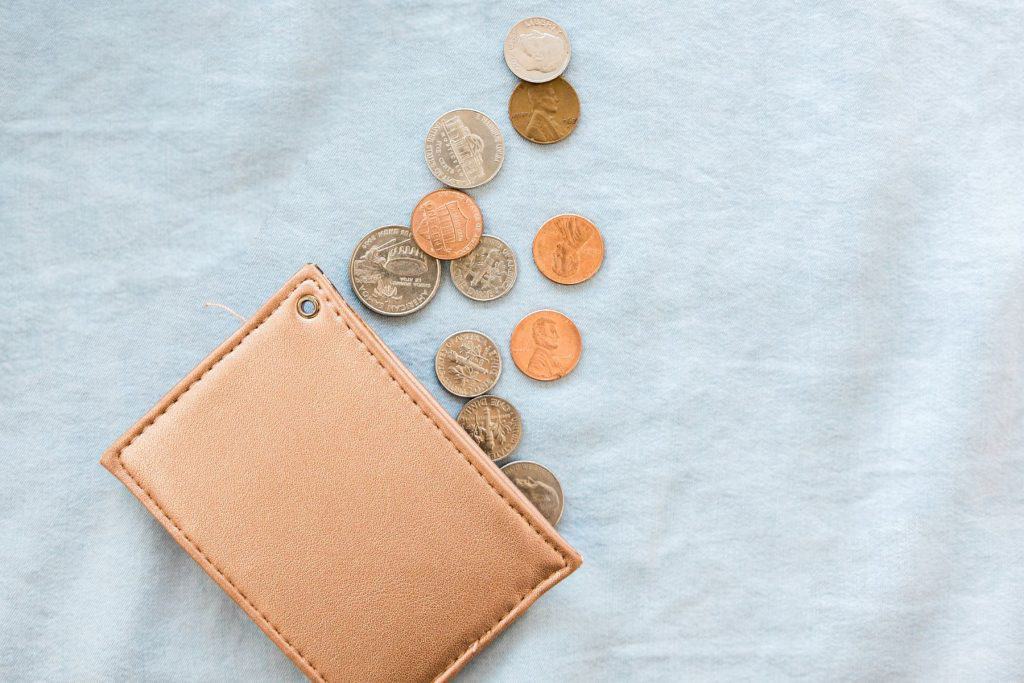How We Saved $1,500 by Going on a Fiscal Fast

At the top of the year, we found out that we’d be out $1,000 from one of our income sources (bummer) and a few weeks later we were dealt another blow and had to pump an unexpected $2,000 into our rental unit!
At this point we had a few choices — sulk, earn some extra cash, or tighten the purse strings.
In full disclosure, we ended up doing all of the above. However, tightening the purse strings was a really effective way to ensure that we didn’t find ourselves using our emergency fund for groceries!
What is a Fiscal Fast?
A spending fast is like going on a diet but for your finances. Just like how you cut carbs or fried foods when you’re trying to shed a few pounds, the same concept applies but this time to your spending habits. When we do fiscal fasts, we completely cut out spending on things that we don’t need for a short time until we reach our goal.
How We Started
- We figured out our limits. We chose to start with a 7-day fiscal fast because we felt it was more manageable for us than an entire month and more beneficial than a short 2-day no-spend weekend. Of course, you could always test out all three options to see which one would work best for you. The beauty of doing the weekly fasts is that we’ve been able to repeat them pretty much on a quarterly basis and it’s worked well for us.
- We only spend on 5 things during our fasts – Our mortgage, utilities, groceries, gas, and tithings. For our household, these are our “four walls” (i.e. the bare necessities we need to get by at any given point in time). For your tribe, this might look a bit different depending on your needs. But the idea is to start with food, shelter, clothing and transportation and see which of these can be scaled back or cut altogether (e.g. clothing) for a very short period of time to save some serious dough.
- We used pen and paper to track our habits. This was huge for us as a way to stay accountable. Every time we were tempted to break our fast, we wrote down the item we considered spending on and the cost no matter how insignificant it may have seemed at the time. At the end of the fast, we realized a lot of the smaller items (e.g. going to the car wash) actually added up to a good chunk of change.
- We shopped at home. Instead of eating out, we made new recipes. And by we, I mean my husband, since I can’t cook! I was also shocked to find clothes in my closet that still had the tags on them! You might just be surprised at the hidden treasures that may be laying around when you go “shopping” in your own home.
A Few Takeaways
- Learn to DIY or do without. A fiscal fast teaches you contentment and how to be grateful for what you’ve got.
- Don’t spend like crazy once it’s over. It’s super important to immediately transfer the money you saved during the fast toward your debt or into your savings account. Otherwise, you’ll probably end up spending it and defeating the entire purpose of the fiscal fast in the first place. *Related: learn more strategies to pay off debt here.
- Fiscal fasts are not for the feint of heart. You will have to say no during the fast. You will have to miss out on spontaneous activities or events. You will have to exhibit serious will power. However, by staying focused, you can really kick start your financial freedom journey or help to speed it up.
Results
We’ve done 5 fiscal fasts to date. On average, we saved between $250 and $300 each time. That’s almost $1,500 for 5 weeks.
Final Thoughts
Not ready to take the plunge for an entire week? How about challenging yourself to a no-spend weekend? You could even consider giving up one habit that’s been costing you a pretty penny each month e.g. coffee runs. According to USA Today, the average American spends over $1,000 on coffee per year. That number excludes any extras like donuts or yogurt parfaits.
Have you done a fiscal fast recently? Share your thoughts with us below.






